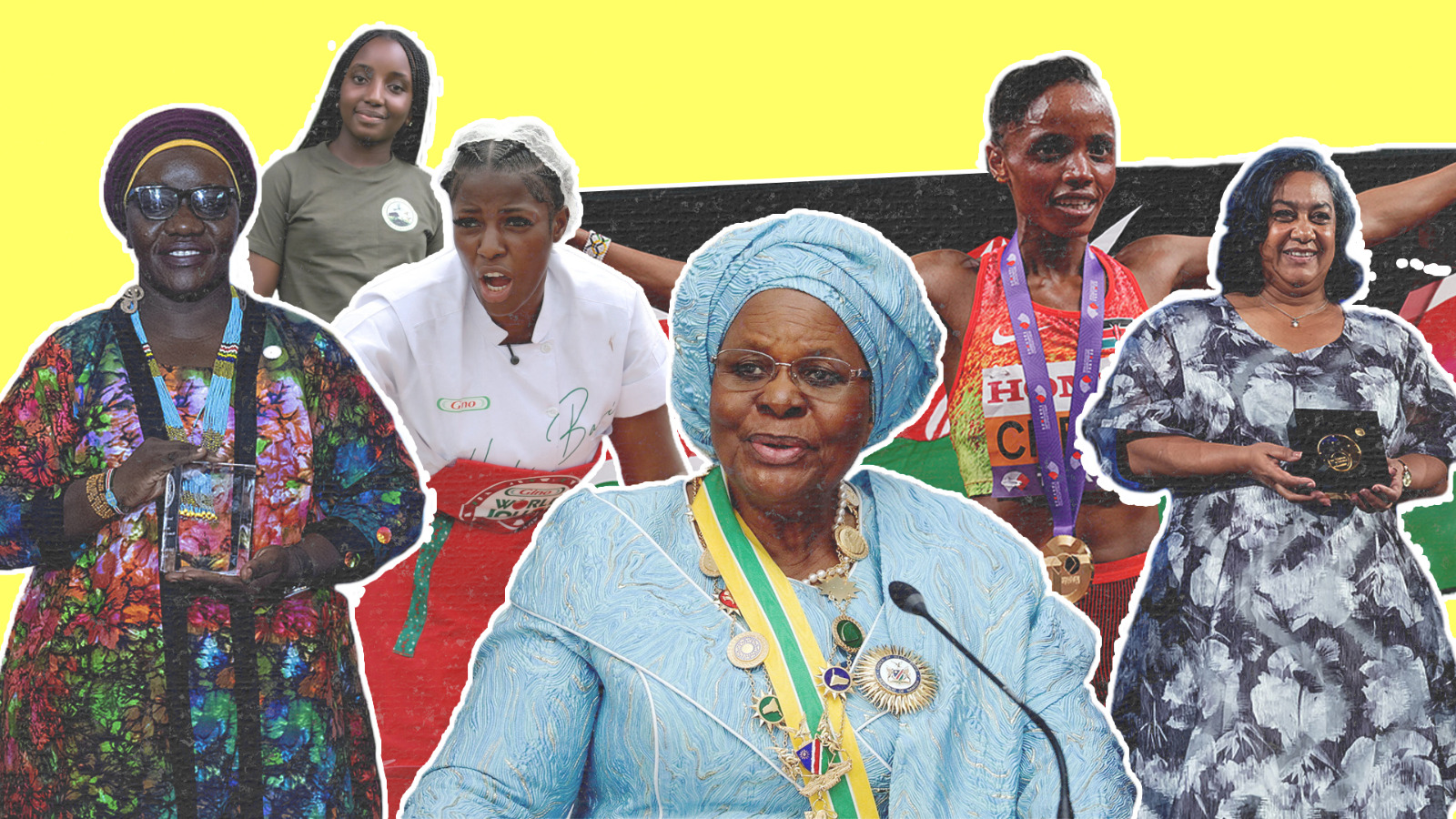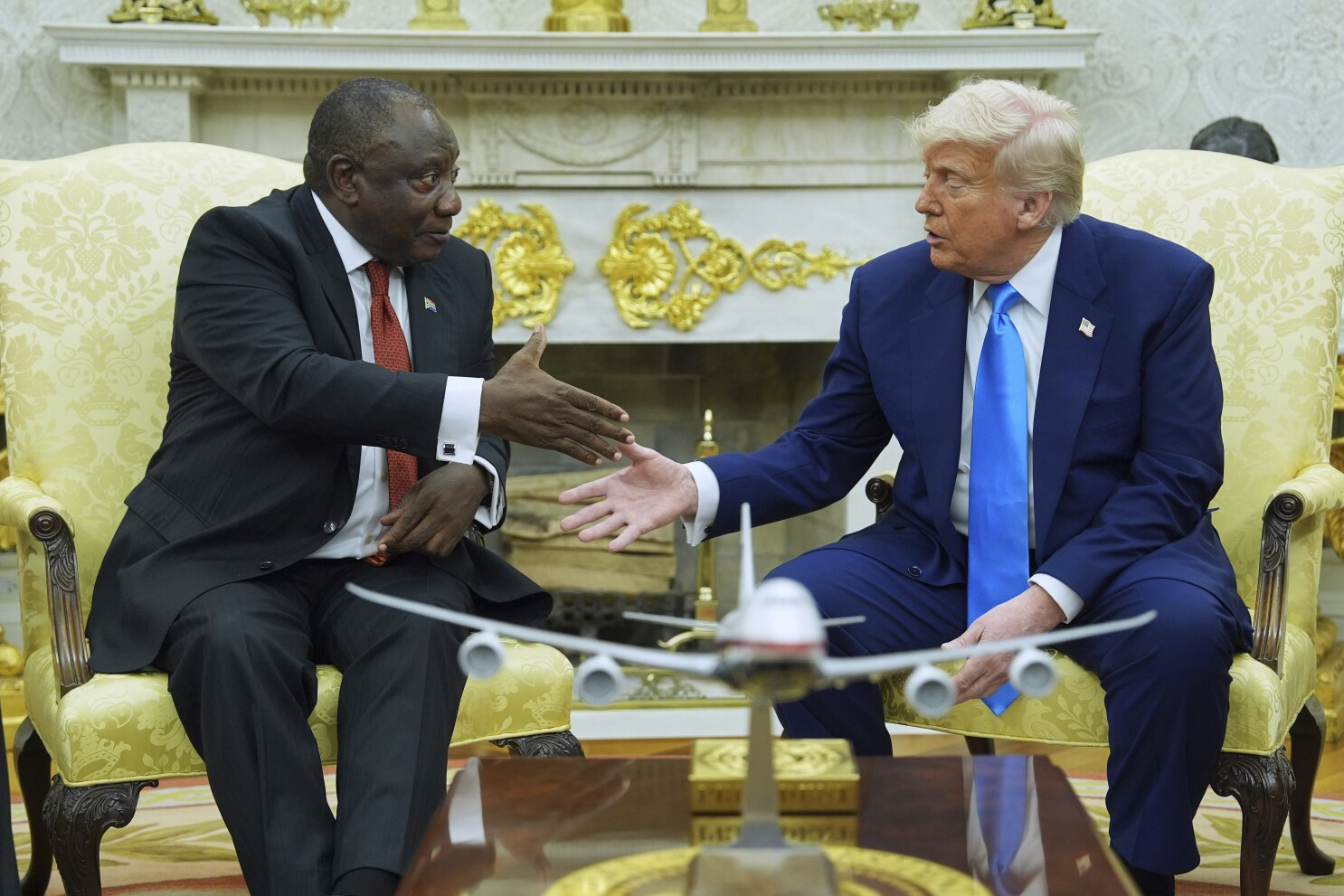
The Berbers of Morocco: a culture under challenge

North Africa is one of the most culturally and ethnically diverse regions on the continent. Centuries of invasions, colonization and foreign rule shaped the region’s identity and its cultural heritage. Colonizers had different cultural backgrounds and ethnic identities. Roman, Byzantine, Arab, and European cultural backgrounds and ethnic identities were all absorbed into the North Africa we know today. But despite the changes induced by foreign presence, the indigenous culture of the region remains present within societies.
The Berbers or the “Amazigh” are commonly thought of as the original population that inhabited the region. From Siwa in Southwest Egypt, to the shores of the Atlantic Ocean in Morocco, Berbers exist as an ethnicity with their own cultural heritage and traditions. Morocco, in particular, has a significant number of citizens from Berber origins, however, there are no official statistics showing their exact percentage in the overall population. Socially, Amazigh are organized in clans or tribes, depending largely on their geographical location.
It is very noticeable that Berber tribes in Morocco live in remote, rural, and mountainous areas. Tribes could be divided into three groups depending on the region they inhabit, the “Rifans” of the North, the “Shlu” in the Southeast, and “Berraber” in the Sahara. The decision and desire to live in peripheral regions of the country dates back to the Arab rule that reigned over Morocco in the 7th century.
When the Arabs invaded North Africa in the 7th century, they implemented an “Arabization” policy, aiming to spread Arab culture and transform the already existing culture. In this regard, Arabs relied mainly on language and religion as tools of changing cultural identities to further instill Arab rule.
In Morocco, the Arabization process took place in central cities and coastal regions. In an attempt to preserve their own culture, the Berbers of Morocco at the time withdrew from the center and inhabited peripheral regions like the mountains and the Sahara. This relocating process helped preserved Berber culture for centuries, but it came at a price. Withdrawing from the center became over the years a reason for the marginalization of the Berber people, which in turn created a political dimension to the overall question of Amazigh.
Regional identity is an important dimension in the culture of Amazigh, mainly because it is related to the concept of connecting to the land or “Tammurt”, which is a defining concept in the Berber culture. The two other dimensions that define Amazigh culture in Morocco are the importance of kinship through tribal solidarity and the significance of language as a source of identity. It is argued by some that these concepts define the Moroccan identity in general. These characteristics not only help the Berbers coexist with diverse cultural identities but influence others as well. However, these concepts remain more specific and significant for the Berbers.

It is indeed very difficult to understand the essence of Berber culture without first understanding this triangle of land, language, and tribe. In fact, it is this very triangle that helped to preserve the culture over the course of the years, and it is also reflected in various cultural habits of Amazigh tribes.
For example, Amazigh traditional music is played on a string wooden instrument that is essentially made from the few resources available in rural or mountain areas. The connection with the land as a term of identity has made Berber culture adapt to its environment despite the scarcity of available resources. Similarly, the importance of kinship and tribal solidarity are shown in cultural habits. Berber weddings, for example, are held over three days, and each day has its significance. But the founding idea behind the long wedding is celebrating tribal cohesion that will preserve the culture through marriage.

Despite being a minority, and suffering marginalization for many years, the Amazigh have managed to cope with various challenges while keeping their cultural heritage intact.
Fearing that modern life with all its technological advances made the Amazigh worry about preserving the history and the culture, therefore, they developed a coping strategy that rests on maintaining the traditions on one hand, and using civil society as a tool of pressure on the government. Preserving the culture today has become a question of politics. Civil society organizations and Amazigh political parties are working to secure more policies that would help guard the culture and the history, like the amendment of the Moroccan constitution in 2011 to include Tamazigh (spoken mainly in the Middle Atlas, the Central High Atlas and the Sahara) as a national language.
The key to preserving the Amazigh culture in Morocco today is institutionalization. The heritage, history and popular culture of Berber tribes must be put in an institutional framework via different organizations that aim to ensure coexistence under diversity.
By Dr Ziad Aki






